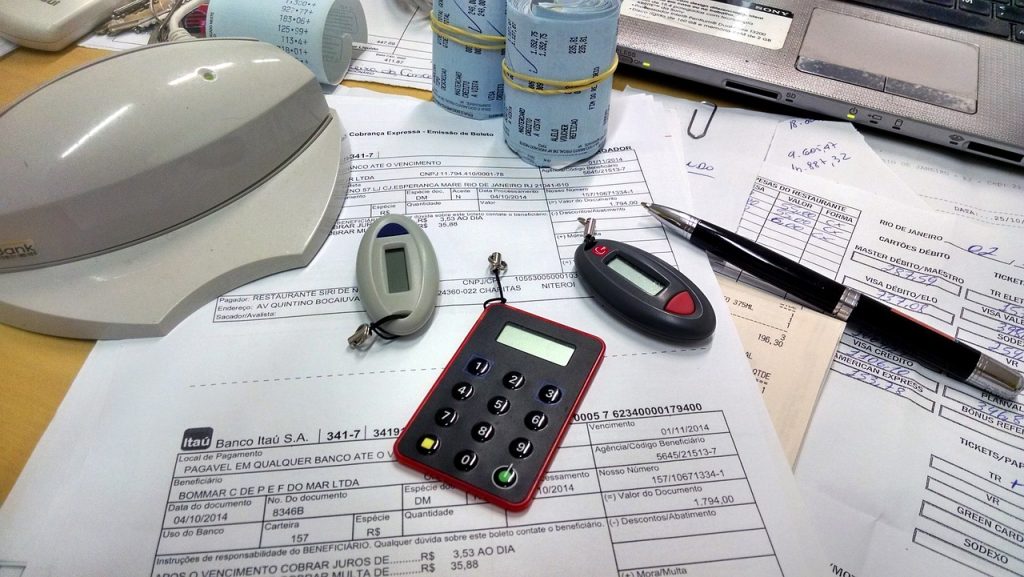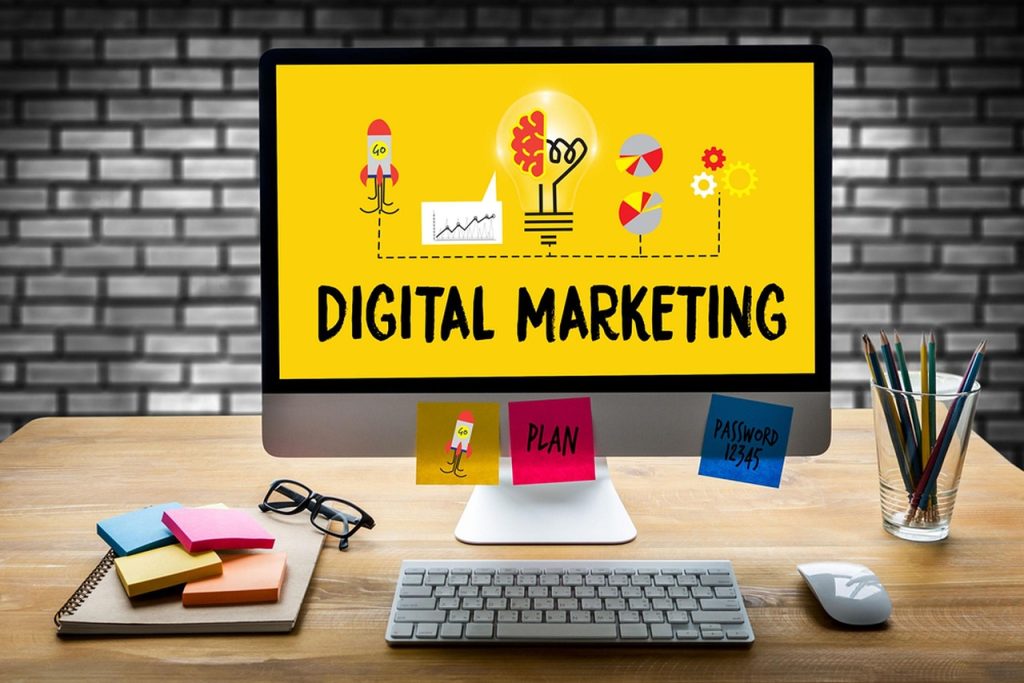
What’s the Difference Between Revolving & Non-Revolving Credit?
Revolving credit or non-revolving credit? It’s a dizzying question!
Don’t get it twisted, you’ll certainly want to know the differences before choosing one or the other.
Here we’ll give answers to the questions:
- What is a revolving line of credit?
- What is non-revolving credit?
- Which is a better fit for your business’s needs?
- And more
Have we got your wheels spinning yet? The best is yet to come…
What is revolving credit?
A revolving line of credit (LOC for short) is a flexible form of business financing where funds replenish as you make repayments.
A revolving credit loan works similarly to how a credit card works. You have a set limit of funds that you’re provided access to, and as you use funds the limit reduces. When you then make repayments on a credit card, the limit is restored and you can use those funds again.
With a revolving line of credit, you can draw money, pay it back, draw it again, pay it back again, and over and over. It’s one of the best business funding solutions to help turn things around when your cash flow is tight – and is always a useful tool to have as a safety-net.
Plus, there’s no penalty for not using revolving credit loan funds – that’s a huge advantage when you compare lines of credit vs term loans.
Side note: When you compare business lines of credit and SBA loans, for example, the differences are quite stark. You might even think “how can there be two forms of business financing that are so different?”
Well, since small businesses are each unique in their own right, there exists a wide variety of financing solutions that are shaped to meet different needs. Take the time to decide which is the right type of funding for your business.
How does revolving credit work?
Once approved for revolving credit, you can draw money and have it deposited directly into your business bank account. The entire ‘draw’ process, from the moment you make a draw request to the time that you see funds in your account, can be completed in as short as a few minutes. And, once you get the money, you can use it for essentially any business-related expense you have.
[bctt tweet=”Revolving credit is only as useful as you are financially responsible. #smallbusiness” username=”Become_co”]
It’s important to stay aware of how much you spend though because as you draw funds from your line of credit, the line becomes shorter. Once you hit your limit you won’t be able to draw any more money until you make repayments to your revolving line of credit.
In other words, revolving credit is only as useful as you are financially responsible. If you don’t make repayments, your revolving line of credit will start to feel more like a non-revolving line of credit.

What is non-revolving credit?
Non-revolving credit loans are lines of credit that don’t replenish when repayments are made. Once the credit limit is reached, the account is closed. Classic examples of non-revolving credit loans include student loans and auto loans. Some people mistakenly believe that a non-revolving line of credit is synonymous with a term loan, but there are differences.
For example, a non-revolving line of credit is not provided as a lump sum loan the way that lenders provide term loans. More similarly to a revolving line of credit, funds from a non-revolving credit loan can either be drawn all at once or in multiple draws.
Additionally, non-revolving credit can be used for essentially any business-related expense, making it different from other business loans that are provided only for certain purposes such as commercial vehicle loans and equipment loans.
More on non-revolving lines of credit below!
How does non-revolving credit work?
Applying for non-revolving lines of credit is not so different. You can get approved for non-revolving credit in as little as 3 hours through alternative funding options such as Become’s online business lending marketplace.
Once approved, the funds are then available for you to have deposited directly into your business bank account. And, similarly to revolving credit loans, the money can be used for a wide variety of business-related expenses whether they be big or small, expected or unexpected.
Remember that as you use funds from a non-revolving credit loan, they do not replenish – even when you make repayments. When your non-revolving credit limit is reached and you’ve paid it back in full, your account is then closed. If at that point you were to want or need more funds in the form of an LOC, you’d have to fill out a new application.
It’s also worth noting that the repayment schedule for some forms of non-revolving credit is more rigid than for revolving credit. There may be prepayment penalties in place that require you to stick to a repayment schedule outlined by the lender. This helps the lender reduce risk and results in the lower interest rates and higher maximum limits that are characteristic of non-revolving credit loans.
Revolving vs. non-revolving credit: 6 key differences
The 6 main differences between a revolving line of credit and non-revolving credit:
1. Replenishing funds
- Non-revolving lines require submitting a new application to replenish funds
- Revolving credit lines replenish funds as you make repayments
2. Interest rate
- Non-revolving credit loans typically have lower interest rates
- Revolving lines of credit tend to have relatively higher interest rates
3. Security
- Non-revolving lines of credit often require collateral in order to qualify
- Revolving credit normally doesn’t require any security to get approved
4. Credit limit
- Non-revolving LOCs generally have higher maximum borrowing limits
- Revolving credit loans tend to have lower borrowing limits
5. Final cost
- Non-revolving credit lines provide a clear idea of what the loan will cost
- With revolving credit, the end cost largely depends on how you use it
6. Best for…
- Non-revolving credit is more suitable for large expenses
- Revolving credit is more suitable for smaller expenses
Side note: Whether it’s revolving credit or non-revolving credit that you’re seeking to obtain, applying through Become will save you time, stress, and even help you avoid doing damage to your credit score.
With the power of financial technology, Become has not only revolutionized the business lending process to make it faster and easier to apply but also helped to improve funding approval odds for small business owners.
Pros & cons of a revolving line of credit
Revolving Credit Pros
- Replenishable funds that you can use indefinitely, providing your business with a funding safety-net which can be used flexibly
- An easy and reliable way to build up your credit score, providing small business owners with an alternative to using credit cards to improve credit score
Revolving Credit Cons
- Lower maximum credit limits than non-revolving credit, as a result of higher risk on the lender’s side
- More imposing interest rates than non-revolving credit, also as a result of the higher risk taken by the lender
Pros & cons of a non-revolving line of credit
Non-revolving Credit Pros
- Less demanding interest rates than revolving credit loans, since non-revolving credit often requires collateral in order to qualify
- Higher maximum limits than revolving credit lines, which opens up bigger opportunities for small business owners to grow and improve
Non-revolving Credit Cons
- Funds don’t replenish as you pay back the loan, making it necessary to fill another application in order to access more funds
- May include early repayment penalties, which stop you from saving money by paying off the loan ahead of schedule
Wrapping it up
With such a well-rounded summary of revolving vs. non-revolving credit loans, you should have no problem deciding which is the right fit for you. Now that you’ve been brought into the loop, it’s time for you to use this knowledge for the benefit of your business!
Be sure to bookmark this page so you can refer back to it – and don’t forget to spread it around to your small business owning friends.





